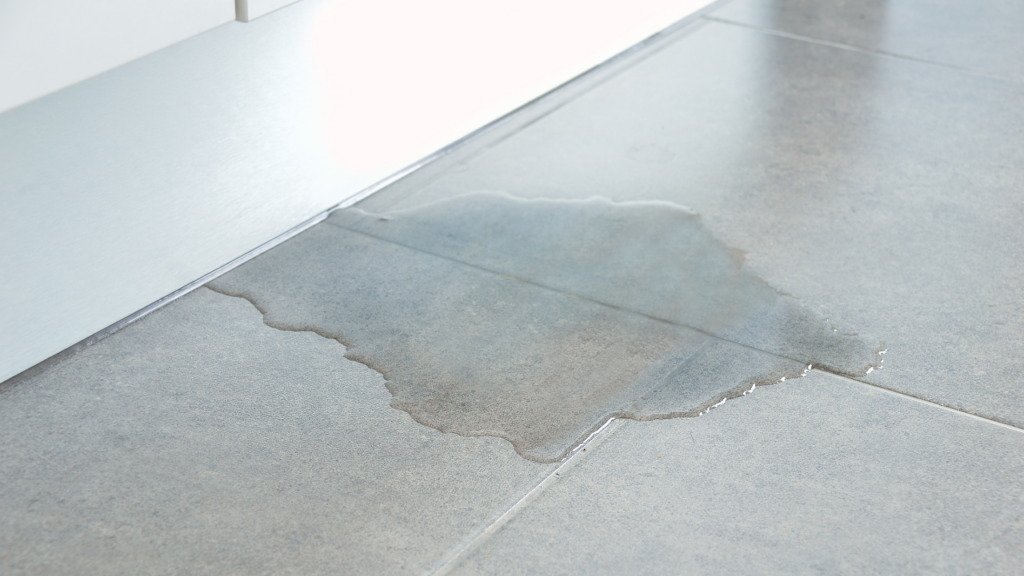
In recent years, New Zealand has been facing a huge challenge – solving the ‘leaky building’ crisis, as laid out in this article.
Peter Dyer, author of Rottenomics: The Story of New Zealand’s Leaky Buildings, recently estimated the cost of fixing the problem to be $50 billion. The amount is equivalent to one-sixth of the size of the country’s economy. While the solution seems so expensive, there’s the potential for it to get bigger if it’s not addressed promptly.
Many factors that contribute to the leaky building crisis are cited in the article, but the most common ones lie in untreated timber, monolithic cladding, and a mania for Mediterranean-style architecture unsuitable for a wet climate.
Steve Alexander, a building expert, said that courts cannot provide a long-term fix. The problem is too huge, complex, and systemic.
The same can be said for many ‘leaky building’ problems in Australia, as this article demonstrates. Particularly, it’s been an ongoing issue for apartment owners in New South Wales, who have spent years fighting in court to recoup repair costs.
While it’s not possible to establish the number of apartments that are defective or leaky, figures indicate that many new buildings have some kind of problem.
In 2010, a survey of strata owners conducted by the Research Centre found that a startling 85 percent of respondents who own apartments built in 2001 claimed their buildings were defective.
The leaky building crisis is certainly not confined to NSW. Victorian builders have also raised their concern with regard to defective buildings, citing waterproofing as a “possible systemic issue”.
At Industry Best Construction, we’ve always emphasised the importance of solving the ‘leaky building’ crisis by focusing on preventing waterproofing issues and educating industry professionals on waterproofing best practices. If left unsolved, these defects can balloon into something sinister.